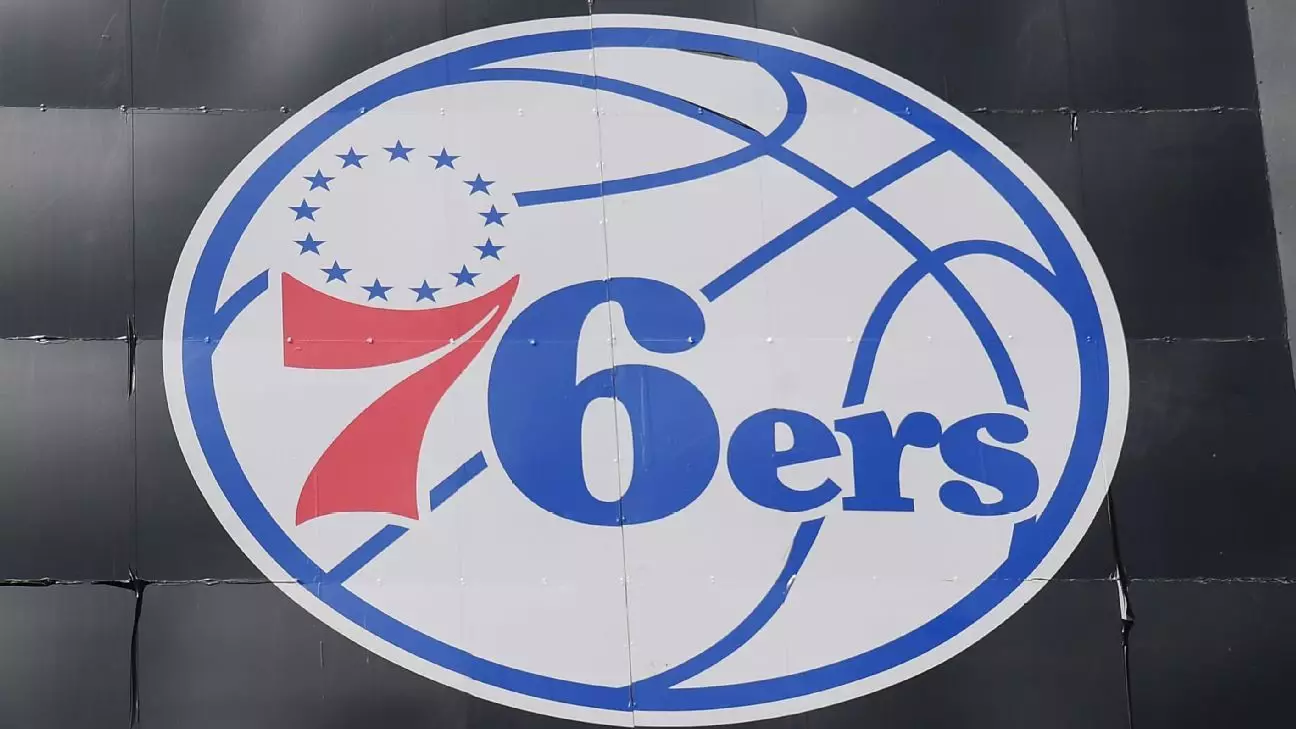The Philadelphia 76ers made headlines when they announced their unexpected decision to abandon plans for a $1.3 billion downtown arena, a project that had ignited considerable controversy and debate within the city. This reversal comes on the heels of a city council approval which, just weeks ago, seemed to signal a green light for what proponents had dubbed a significant economic revitalization initiative. Yet, instead of moving forward, the basketball franchise has opted to solidify its presence in the sports stadium district, aligning its future with Comcast Spectacor, the operator of the Wells Fargo Center. This decision has raised various questions about the development process, community opinion, and the overall relationship between the team and the city.
At the heart of this controversy lies the intricate dynamics between the Philadelphia 76ers, the city council, and local residents. The brief window during which the arena project was entertained showcased deep divisions among council members, residents of Chinatown, and various stakeholders. Several city politicians, including Jamie Gauthier and Rue Landau, who voted against the arena’s approval, expressed contempt for what they perceived as bad faith negotiations by the 76ers’ development arm. Their statements highlighted a growing sentiment amongst some council members that the franchise may not have fully considered the ramifications of their proposed move, especially concerning potential displacement and increased traffic congestion in an already congested area.
While proponents, including Mayor Cherelle Parker, envisioned the proposed arena as a vital component of market revitalization stretching from City Hall to the Liberty Bell, critics were quick to weigh in on the anticipated downsides. For residents of Chinatown, many of whom had been fighting various development proposals for decades, the arena stood as yet another threat to their community and way of life. The concerns about gentrification and the potential for rising costs were palpable, with many voicing their fears that the arena could further exacerbate existing inequities.
The abrupt conclusion of the downtown arena project signals the Philadelphia 76ers’ pivot away from a highly contentious proposal towards a more traditional partnership model in the city’s established sports district. By renewing ties with Comcast Spectacor, the 76ers position themselves to continue benefiting from a dedicated fan base without venturing into an uncertain and potentially divisive urban project. This decision can also be interpreted as a response to mounting pressure from community advocates who feared that the franchise’s ambitions could inflict enduring harm on local neighborhoods.
The reversal is revealing not only about the 76ers’ relationship with the city but also about the local political landscape, which is often a battleground for competing interests. City Council members who had felt undermined in the approval process now have a reason to claim partial victory. The apparent lack of transparency and the perception of being manipulated during the deliberation process have undoubtedly left a lasting impact on the council’s perception of the team’s leadership.
Reactions from local stakeholders have been mixed. While some have celebrated the halt of the downtown plans, viewing it as a hard-fought victory for community advocacy, others have expressed frustration over the notion of being used as “pawns” in a larger game of corporate interests. The emotional toll on residents who had grown weary of continuous development disruptions makes this situation particularly poignant.
Moving forward, the 76ers will need to navigate the aftermath of their ambitious proposal and ensure that community engagement and support are at the forefront of any future initiatives. The franchise’s ability to solidify itself as a responsible corporate citizen will depend heavily on its willingness to engage with the community, rather than imposing top-down decisions that appear disconnected from the realities faced by local residents.
The fallout of the Philadelphia 76ers’ downtown arena decision serves as a reminder of the competing narratives that play out in urban development. Navigating the balance between ambitious sports ventures and the needs of local communities is fraught with challenges, and the recent turn of events invites reflection on how sports entities approach their roles within the broader urban fabric. The actions taken by the franchise in the coming months will likely shape its legacy in Philadelphia for years to come.

